Review: Honor 7X
Lock Screen
The 7X's lock screen is fairly typical for an Android handset. The phone doesn't offer anything like an always-on display, but you can choose to have notifications wake the screen. This tool, which is an all-or-nothing affair, wakes the lock screen fully to show incoming notifications. Using it will likely drain your battery.
Lock Screen
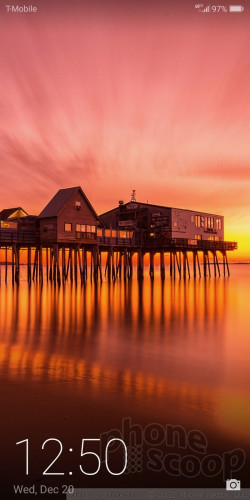
You'll find the clock at the bottom of the lock screen — accessible with a quick press to the lock screen button — along with the date and a shortcut to the camera. Notifications populate the middle of the screen in the order they are received. You can dismiss notifications from the lock screen, but not act on or reply to them.
Honor has its own lock screen dock that's somewhat useful. You can access some basic tools (voicemail, calculator, flashlight, and camera) by swiping up from the bottom of the screen in a manner similar to Apple's iOS.
The fingerprint reader is easy to set up and I recorded a couple of fingerprints in no time. The reader recognized my print on the first attempt the majority of the time. I've seen faster, but the 7X's reader is certainly fast enough. You can opt to use the fingerprint sensor for opening the Quick Settings / notification shade by swiping down.
The 7X includes a few gestures, as well, such as flip-to-mute, pick-up to silence ringer, and lift-to-ear to answer incoming calls.
Home Screens
Honor's “Emotion UI” 5.1 is a somewhat heavy skin slathered on top of the Android 7 Nougat operating system.
Home Screen
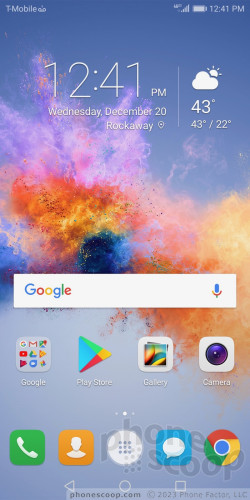
I'm happy to report that Huawei has seen the light and an app drawer is active by default. The settings allow you to turn the app drawer off if you want, which means all the installed apps appear on the home screens.
The Honor 7X supports the typical set of wallpapers, shortcuts, and widgets. I like that Emotion UI includes a handful of screen transitions to choose from, and allows the home screens to loop. You can adjust font and icon sizes, rearrange the navigation keys, take advantage of the floating dock for quick access to certain controls, turn on the one-handed UI (shrinks the screen to one corner), flip to "simple mode" for easy operation, and much more. EMUI 5.1 does offer a lot of control over the experience.
The notification shade / Quick Settings drop-down works as expected. When you swipe down, the shade reveals five toggle controls, a brightness slider, and notifications. Since the phone is running Nougat, you have lots of options when it come to interacting with incoming notifications. The Quick Settings tool provides plenty of room for customization, though it is dressed up with Huawei's colors and fonts.
The full settings menu includes a lot of customization options.
The 7X relies on Huawei's mid-range Kirin 659 processor rather than silicon from Qualcomm. It is clocked at 2.4 GHz and paired with 3 GB of RAM. I didn't run into any performance problems during my time testing the phone. Screen transitions were smooth, apps opened swiftly, and the overall experience was positive.
Camera
The 7X has a good camera app and there are several for options for launching it. A double tap of the lower volume toggle will open the camera, or you can use the lock screen shortcut. It opens swiftly.
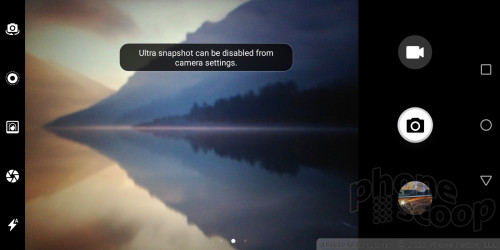
The basic layout is typical of most camera apps. Using the controls on the left side of the screen you can jump to the selfie camera, turn on the motion picture mode, portrait mode, aperture mode, or toggle through the flash controls. The shutter controls are all on the right.
Swipe right from the main viewfinder to access the myriad shooting modes and swipe left to access the settings menu. Shooting modes include photo, pro photo, video, pro video, HDR, panorama, light painting, time lapse, slow-motion, filter, effects, watermark, and audio note.
The portrait mode and wide-aperture mode, both accessible from the camera's main viewfinder, are similar in that they put the 7X's two cameras to use in order to create sharp focus around the subject with a blurred backgrounds.
The portrait mode targets people and does... just okay. You'll see some odd outlines around your subject's head with weird in-focus pieces of the background. At least the tool is point-and-shoot simple to use.
The aperture mode is meant to apply the same effect to things more so than people. In order to get this bokeh tool to work, you need to place the subject within about 5 feet of the camera and ensure that there's plenty of distance between the subject and whatever is behind it. It takes practice.
The pro photo and video modes allow you to manually adjust exposure, brightness, white balance, ISO, focus type, and shutter speed. This is great for those who know what they're doing. The sliding tools, all available from the right edge of the viewfinder, make sense and are easy enough to use. The camera maxes out at 8-second exposures.
The watermark tool lets you add a time, date, location, weather stamp to your photo. The light painting mode is for capturing long exposures of headlights/taillights, flashlights, or other light sources. Audio note records several seconds of sound along with a still image. I found them easy to use.
The selfie camera has a significant number of its own shooting modes. The basic selfie cam lets you use the portrait tool, but you can also take selfie panoramas, selfie timelapses, selfie audio notes, and selfie watermarks. The tools may mirror those of the main camera, but stuff like the selfie pano lets you do fun things such as include huge items in the background. Effects are available, too, if you like to put Instagram-style filters on your photos.
I have no complaints about the camera's performance. Truly, it's quick to do everything. The Kirin 659 processor and 3 GB RAM combo do their job well here.
Photos/Video
The main full-color sensor has a resolution of 16 megapixels, while the secondary, monochrome sensor has a resolution of 2 megapixels. It is used mostly to gather contrast and depth-of-field data. I'd rate the 7X as very good for everyday photo needs. The majority of images were sharp, showed acceptable exposure, and maintained proper white balance. This goes for images taken indoors and out. Outdoor shots looked best, of course, but indoor pictures were mostly free of grain and other artifacts common in low-light imagery. The phone did tend to overexpose shots from time to time. The extra shooting modes produce usable results without too steep a learning curve. Bottom line: the Honor 7X does a fine job.
The 8-megapixel selfie camera is about average. Exposure wasn't as consistent, focus was somewhat soft, and the software doesn't quite deliver the best results in the selfie portrait mode. The alternate shooting tools do open the door for creativity, and useful options such as the screen-based flash mean you have a better chance of success.
Whether you're shooting outdoor scenes or up up-close personals, the 7X includes a fine set of cameras.
The 7X records video at a max resolution of full HD (1080p) and the results are good. The video camera includes an object-tracking tool to help keep your subject in focus. Most video looks good, with crisp focus, accurate exposure, and proper white balance.


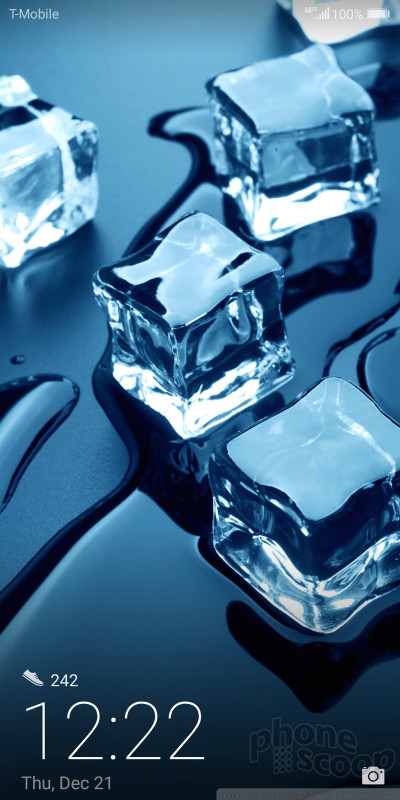





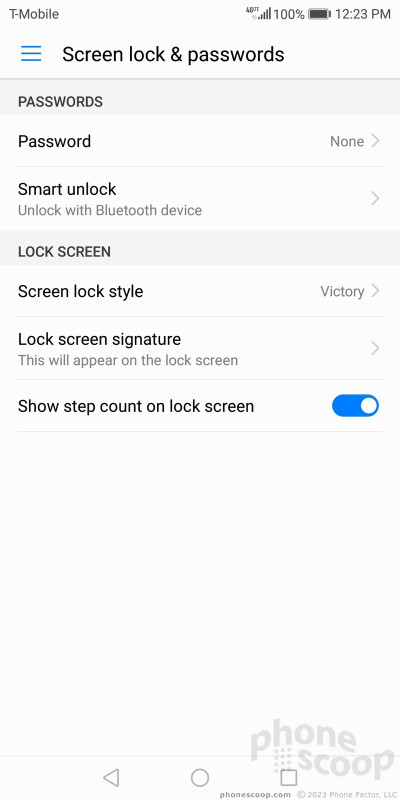







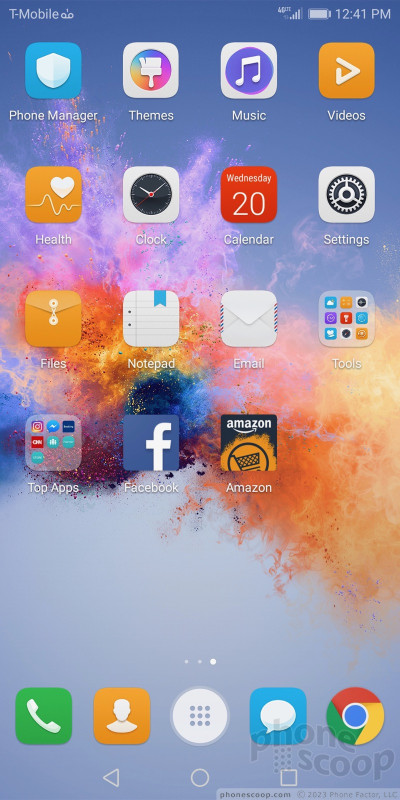








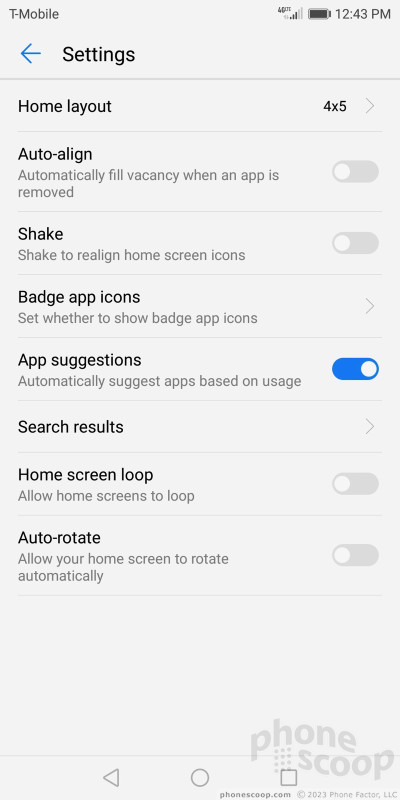













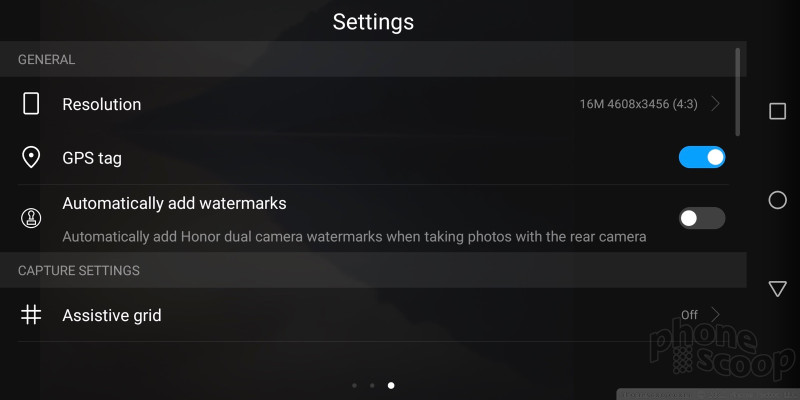

























 Top Five Budget Handsets of 2017
Top Five Budget Handsets of 2017
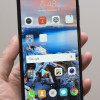 Hands On with the Honor 7X and V10
Hands On with the Honor 7X and V10
 Honor Says Android 8 with EMUI 8 Hitting Honor 7x April 30
Honor Says Android 8 with EMUI 8 Hitting Honor 7x April 30
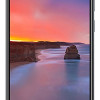 Huawei Mate 10 SE Is an Upgraded Honor 7X
Huawei Mate 10 SE Is an Upgraded Honor 7X
 OnePlus 5T and Honor 7X Now Available In Red
OnePlus 5T and Honor 7X Now Available In Red
 Huawei Honor 7X / Mate SE
Huawei Honor 7X / Mate SE



